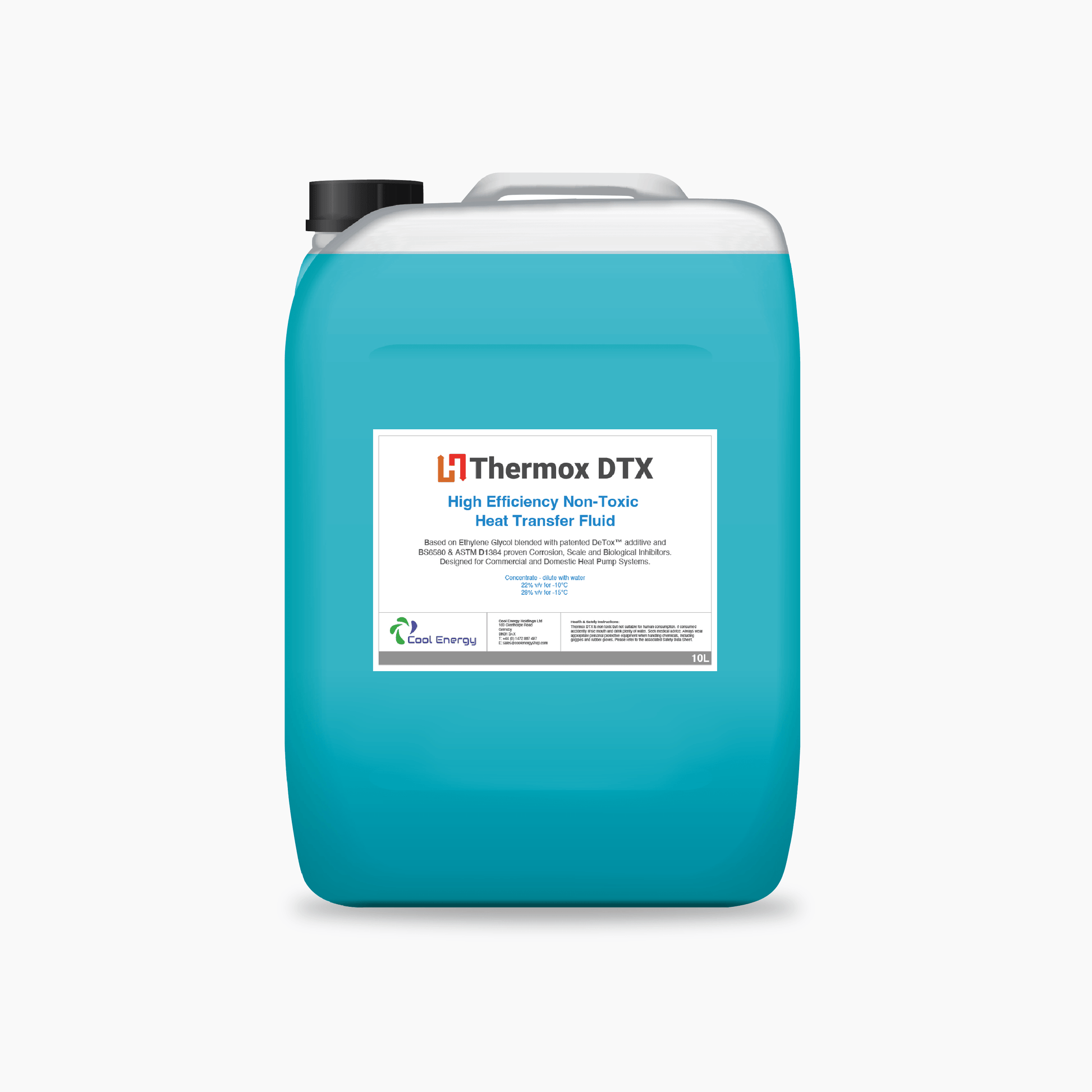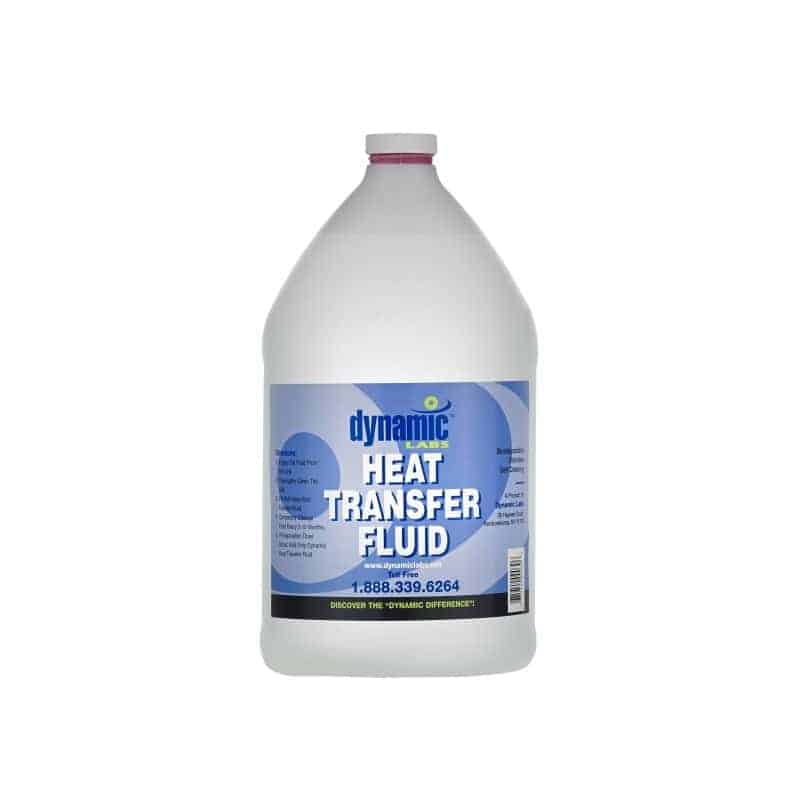How Heat Transfer Fluid Influences the Performance of Cooling And Heating Equipments
How Heat Transfer Fluid Influences the Performance of Cooling And Heating Equipments
Blog Article
Exactly How Warmth Transfer Fluid Adds To Lasting and Economical Procedures
In the modern industrial landscape, the duty of heat transfer fluids (HTFs) in promoting lasting and cost-effective procedures can not be overstated. These liquids are critical in enhancing thermal administration systems, therefore substantially improving energy performance and lowering functional prices. heat transfer fluid. The ecological advantages of innovative HTFs, with their high thermal security and reduced toxicity, are obvious.
Understanding Warm Transfer Liquids
In the realm of thermal monitoring, heat transfer fluids (HTFs) work as important agents for moving thermal power from one place to one more. These fluids play a critical duty in different industrial applications, including chemical processing, power generation, and a/c systems. HTFs are especially crafted to run within a variety of temperatures, efficiently facilitating the transfer of warm while maintaining a stable thermal account. Their ability to operate under extreme conditions-- whether high temperature levels or cryogenic levels-- makes them indispensable in settings demanding precise thermal control.
The composition of warm transfer fluids can differ dramatically, including choices such as mineral oils, artificial oils, glycols, and molten salts. Each kind uses distinctive advantages, such as enhanced thermal stability, low thickness, and high boiling factors, which are selected based on certain operational requirements. Furthermore, the selection of HTF effects not only the performance of warm transfer however also the longevity and security of the system in which it is used.
As markets continue to innovate, the growth of sophisticated HTFs, identified by their improved thermal conductivity and minimized ecological effect, is essential for satisfying the demands of modern-day thermal management difficulties.

Enhancing Energy Efficiency

Improving energy effectiveness has actually ended up being an extremely important issue across various sectors, motivating a better assessment of warm transfer fluids' function in optimizing thermal monitoring systems. These liquids are integral to preserving the wanted temperature level in procedures, thus lessening energy waste and boosting overall system effectiveness. By choosing a proper heat transfer liquid, sectors can significantly improve their energy performance, resulting in lowered power usage.

Advanced formulas of warmth transfer liquids have actually been created to withstand extreme temperature levels while preserving security and performance. Enhancing power efficiency with optimal heat transfer fluid option is not just a technical requirement yet likewise an ecological vital.
Reducing Functional Prices
Functional prices are a substantial factor see it here to consider for industries looking for to maintain affordable benefit, and the option of warmth transfer liquid plays an essential function in cost management. Choosing an appropriate warmth transfer liquid can lead to significant price financial savings by boosting system performance and decreasing energy usage. High-performance fluids lessen thermal deterioration, which in turn reduces the regularity of fluid substitute and downtime connected with upkeep, thus reducing functional expenditures.
Moreover, warm transfer liquids with exceptional thermal security and deterioration resistance prolong the life expectancy of devices. This minimizes the requirement for constant fixings and replacements, which can be costly and disruptive to operations. By investing in high-quality fluids, markets can achieve long-lasting reductions in maintenance prices and boost the integrity of their systems.
Additionally, advanced warm transfer fluids typically display lower thickness at running temperature levels, which enhances pump effectiveness and lowers energy use in fluid blood circulation. This optimization of power consumption straight equates into reduced functional costs. Additionally, several modern warm transfer liquids are engineered to operate efficiently over a broad temperature level variety, lowering the demand for multiple liquid kinds, therefore simplifying supply needs and lowering associated costs. These elements jointly add to even more sustainable and cost-efficient procedures.
Environmental Impact Reduction
The push towards reducing environmental impact has gained energy in sectors click reference leveraging warm transfer fluids. Warmth transfer liquids (HTFs) play an important duty in this transition, using possibilities to improve power efficiency and lower discharges - heat transfer fluid.
Moreover, making use of sophisticated warm transfer liquids contributes to better system efficiency, minimizing the general energy consumption. This decrease not just causes cost financial savings however likewise reduces carbon dioxide discharges, assisting in the fight against climate change. Liquids that are naturally degradable and recyclable additionally boost sustainability initiatives, as they diminish waste and promote circular economic situation methods.
In addition, incorporating HTFs into closed-loop systems prevents fluid loss and contamination of the surrounding atmosphere. This strategy makes certain that liquids are reused, decreasing the demand for brand-new sources and limiting waste generation. By welcoming these environmentally aware strategies, sectors can substantially diminish their eco-friendly impact while keeping high functional efficiency, lining up with international sustainability goals and regulative needs.
Choosing the Right HTF
Choosing the ideal warmth transfer fluid (HTF) is a crucial action in progressing environmental sustainability within commercial procedures - heat transfer fluid. An excellent HTF must have a high thermal ability, reduced viscosity, and high thermal conductivity to make sure reliable heat transfer.
This ensures long life and decreases maintenance prices. The fluid needs to be safe and naturally degradable, lessening its eco-friendly footprint and guaranteeing conformity with ecological laws.
Verdict

Report this page